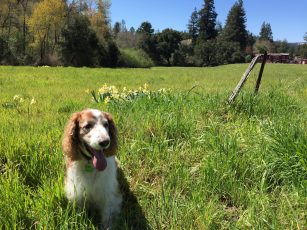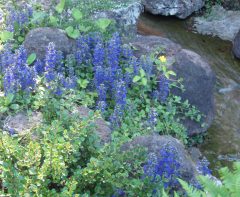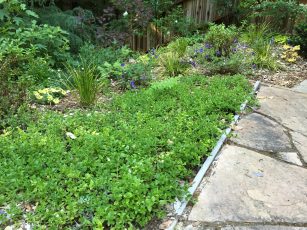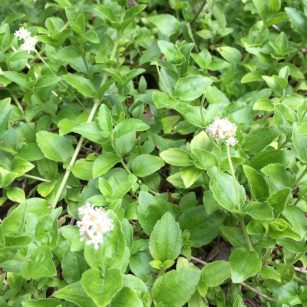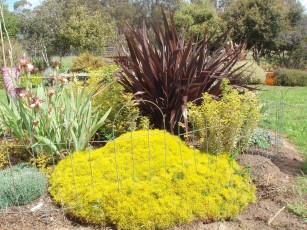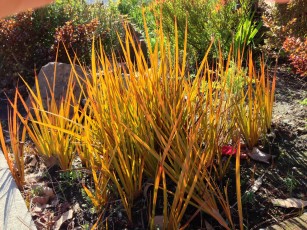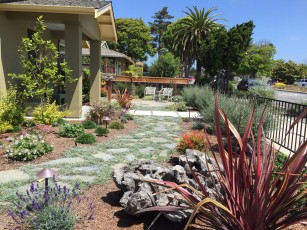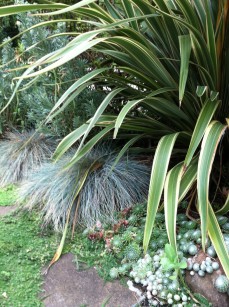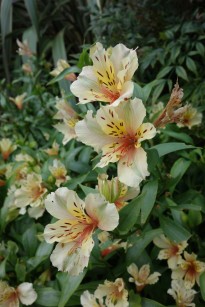The autumnal equinox happens on Saturday, September 22nd this year. It’s the official start of fall when the sun crosses the celestial equator and moves southward. The earth’s axis of rotation is perpendicular to the line connecting the centers of the earth and the sun on this day. Many people believe that the earth experiences 12 hours each of day and night on the equinox. However, this is not exactly the case.
During the equinox, the length is nearly equal but not entirely because the day is slightly longer in places that are further away from the equator ( like where we live ). Also the sun takes longer to rise and set in these locations as it does not set straight down but in a horizontal direction.
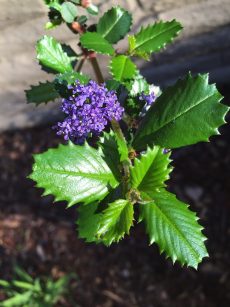
With the changing of the season, take advantage of fall planting weather by looking at what’s covering your ground. Be it the small lawn for the kids to play on, ground cover to keep the weeds at bay or erosion control to keep the hillside intact, this is an excellent time to plan for winter.
Let’s start with the lawn. If you still need a space for recreation, this is a good time to reseed those bare spots. Also to keep the lawn healthy by removing underlying thatch with a thatching rake. Then aerate the lawn by poking holes in the sod and fertilize with a complete lawn fertilizer like an organic all-purpose. Your lawn needs the phosphorus in the fall to encourage deep, strong roots for the winter.
If the kids are grown and no one is using that lawn, why not rip out the water guzzling grass and replace it with a walk-on groundcover? There are many to choose from like dymondia, lippia, potentilla, duchesnea strawberry or any of the kinds of thyme.
Living ground covers add beauty to the garden while holding the soil in place and preventing erosion. They contribute to soil health by encouraging microorganisms. A garden wouldn?t thrive as well without groundcovers.
One of my favorites is Elfin thyme. It doesn’t need mowing, edging or fertilizing or much irrigation. You can walk on it and it stays green all winter, shading into bronze tones when the weather cools. It even blooms in midsummer for several weeks. Note that bees are attracted to it as with all of the ground covers in the thyme family at this time.
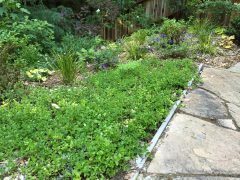
Another favorite that I have in my own garden is kurapia. It?s deep rooted, doesn?t require much water, is compact and low maintenance. It?s been bred to have sterile seeds. This is a good groundcover if pollination of nearby fruit trees is needed or you want to encourage bees to your garden for pollination. If bees are an issue kurapia can be mowed to cut off the blooms.
There are also Ca. native and prairie meadow grasses that you can walk on. They need little irrigation and even less mowing. Some can be planted from seed, others from plugs or sod. Good choices include Idaho, California and red fescue, carex pansa, June grass and Hall’s bentgrass.
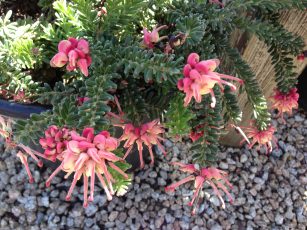
If you don’t need to walk on your groundcover, low-growing native shrubs that are good groundcovers are baccharis, ceanothus maritimus, ?Anchor Bay or ?Heart?s Desire?, manzanita, creeping snowberry, creeping mahonia, salvia ?Bee?s Bliss? and ribes viburnifolium. Mediterranean ground covers like cistus salviifolius, grevillea lanigera, rosemany prostratus, rubus pentalabous are also good low-water choices.
It’s time to enjoy fall weather and cover that ground before winter.

